Seeds for Rock Garden Plants
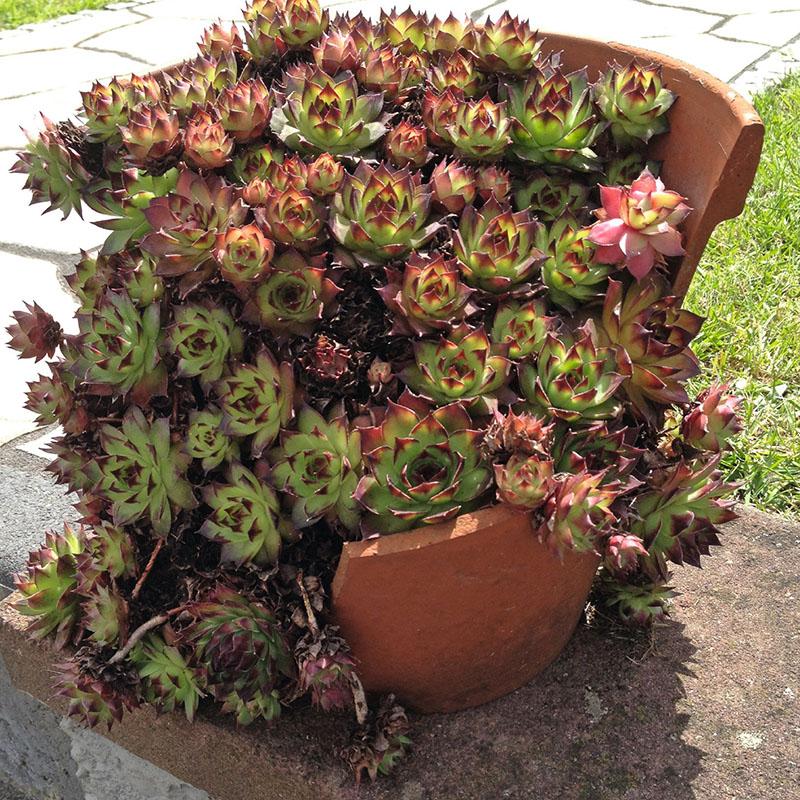
Sempervivum Hippie Chicks are excellent structural plants for rock gardens, dry stone walls, containers, and green-roof plantings. And they are deer resistant. Low growing plant 3-5 inches tall. Perennial for zones 3-9.
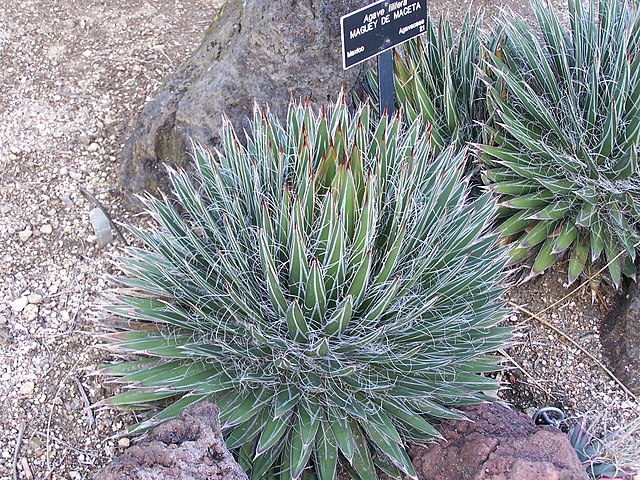
It is tolerant of most soil, but needs adequate drainage. This agave is hardy to fifteen degrees Fahrenheit and is very drought-resistant. It will respond to a fertilizer application during the monsoon season and likes supplemental irrigation during the hot, dry summer. Avoid watering it during the winter months.
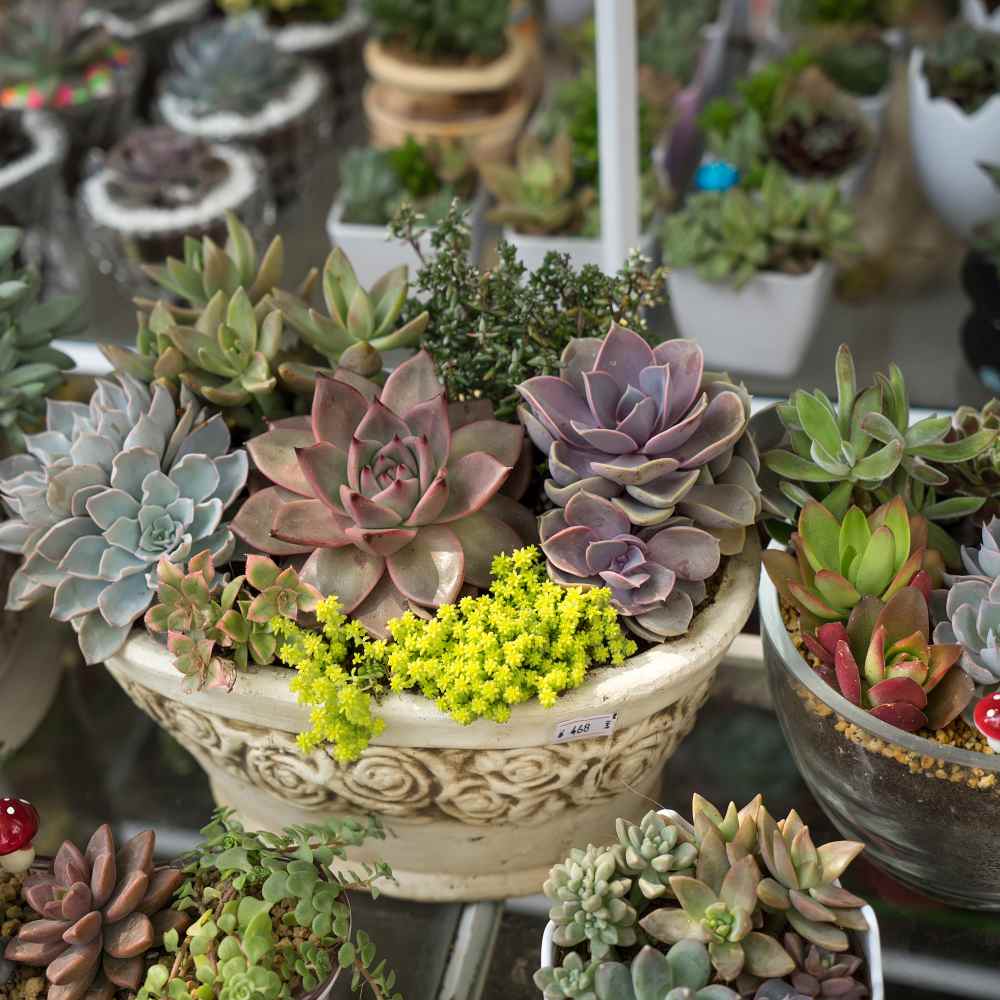
Grow Sempervivum succulent plants in full sun to partial shade and in well-drained soil. In the South, Sempervivum Hens and Chicks can profit from partial shade. The rosettes die after flowering but are replaced by new rosettes on lateral runners. Sempervivum is an old-time favorite used in concrete planters on either side of the front entry or as a great ground cover plant. Great in window boxes or niches. They require little water or attention to thrive.
These outdoor succulents are known for their charming appearance and extreme durability. They resemble an unfurled rose with accenets of colors and can form dense mats that accent gardens and arrangements. Perennial for zones 3-10.
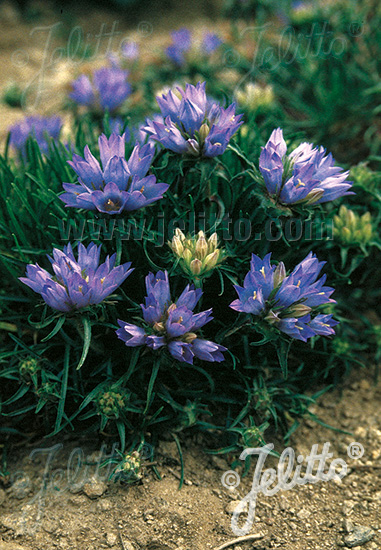
Drought-tolerant; it is also suitable for xeriscaping. Kin to the Campanulas and found on limestone slopes from the Mediterranean to eastern Europe, this superb perennial demands well drained, even gritty, soil.
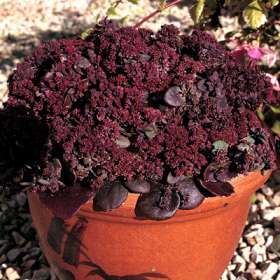
Each multi-seed pellet contains several seeds.
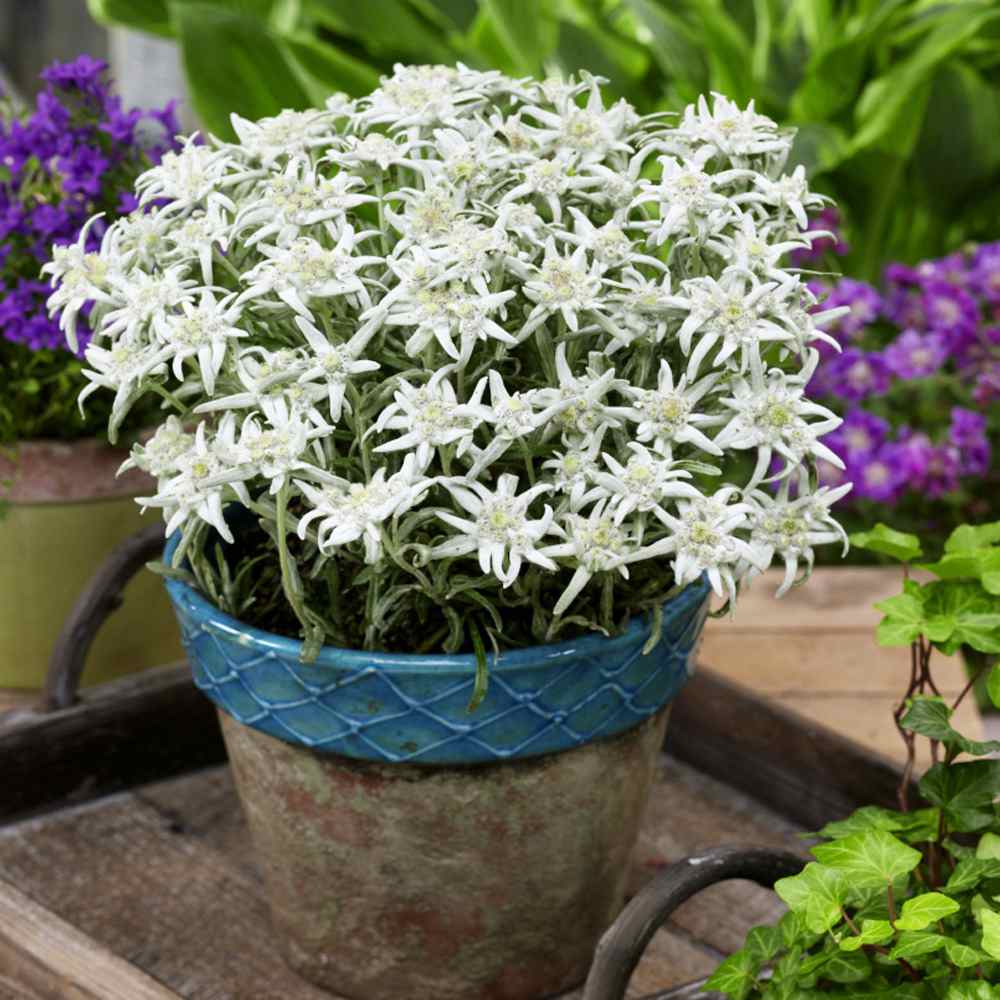
The Edelweiss flower is good for cutting, and it can be used in fresh or dried arrangements. Europeans historically have used the Edelweiss herb as a tea to treat diarrhea and dysentery. Edelweiss herb plants are also used widely as a cosmetic cream to aid healing and control facial wrinkles.
The Edelweiss Leontopodium Alpinum plant is low-growing and makes nice compact border plants. They will sometimes self-seed and come back even stronger the following spring. Best in regions with cool summers. Drought-tolerant once established.
Perennial plant for zones 3-9.

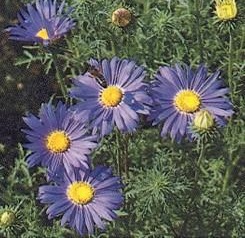
Excellent plant for borders, roadsides, xeriscapes, rock gardens.
Adaptable to a variety of garden conditions, it is drought-tolerant when established and an excellent choice for xeric gardens, natural or prairie gardens, meadows, hillsides, or hard to maintain areas. The plant often reseeds and grow in following years. You will enjoy its cheerful beauty and the way it attracts bees and butterflies.
For zones 3-10.
Seedman Basic Info:
Grows about 12 to 18 inches tall, will germinate in about 15-45 days depending on soil and weather conditions, germinates best if soil temperature is in the 56-65°F range.
Cover seeds about 1/8" deep, blooms from May to September.
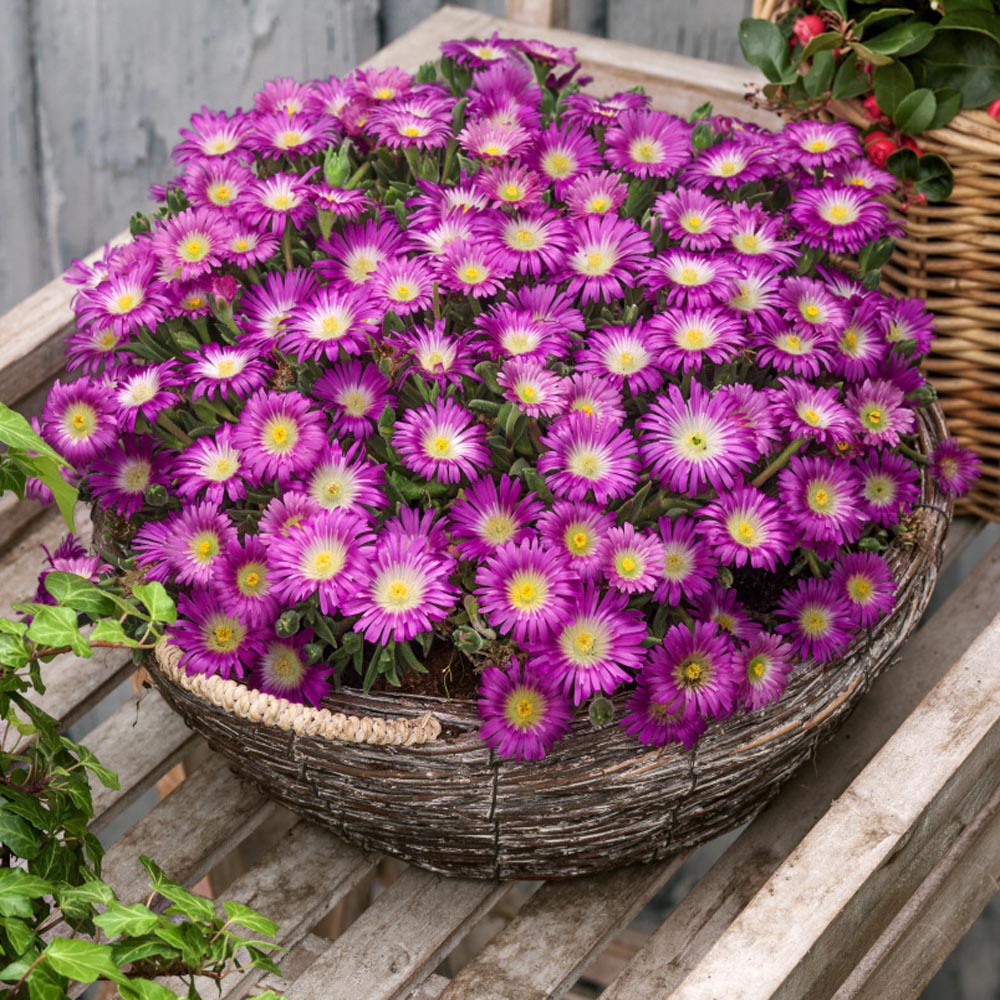
Table Mountain has foliage that is deep green, almost succulent looking and extremely shiny. The blooms are 1 - 2 inches across and cover the foliage, opening in the morning and closing in the evening. Ice Plants make a great under planting for roses and taller shrubs. They also work well in a container as long as their situation is sunny and well-draining.
Pelleted seeds for easy sowing.

A plant of many uses, mass as a ground cover for small areas. Filler between stepping stones. Leave undisturbed and allow it to spread in native plant gardens or naturalized areas. Rock gardens.
Highly decorative dark foliage, a "Walk on" plant. Perennial, hardy to zone 3.
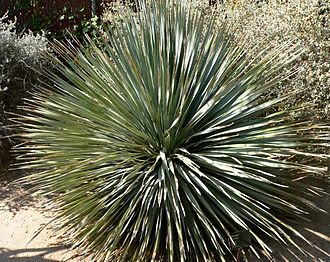
The flowering stem grows above the foliage, to a height of 16 feet tall. The stem is topped by a long plume of straw-colored small flowers. The color of the flower determinate the gender of the plant, being mostly white colored for males and purple-pink for females.
It is grown as an ornamental plant, valued in xeriscaping. As it does not tolerate extended frosts, in temperate regions it is usually grown under glass. It has gained the Royal Horticultural Society's Award of Garden Merit.
The alcoholic drink sotol, the northern cousin to tequila and mezcal, is made from the fermented inner cores of the desert spoon. It is the state drink of the Mexican states of Chihuahua, Durango, and Coahuila.
It was also used by the natives of the region for food and fiber. Its flower stalk can be used as a fire plow.
Cold hardy to 10 degrees.
The Tarahumara and Pima Bajo peoples of the Sierra Madre Occidental of Chihuahua weave baskets from the leaves after they strip off the spines from the leaf margins. They also employ the expanded leaf bases in making large artificial flowers as holiday decorations.
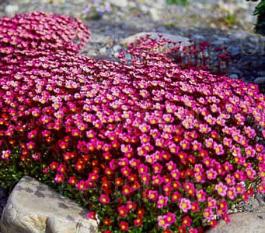
Also, known as Mossy Saxifrage or Purple Robe ground cover, Saxifrages grow well in containers, beds, rock gardens, and anywhere a low-growing, spreading ground cover plant is desired. Mossy Saxifrage plants prefer well-drained soil and full sun to partial shade conditions. Purple Robe does not do well in the hot humid areas. It is both deer and rabbit resistant.
Grows about 6 inches tall, a perennial hardy for zones 4-9. Very tiny seeds! About the size of petunia seeds.
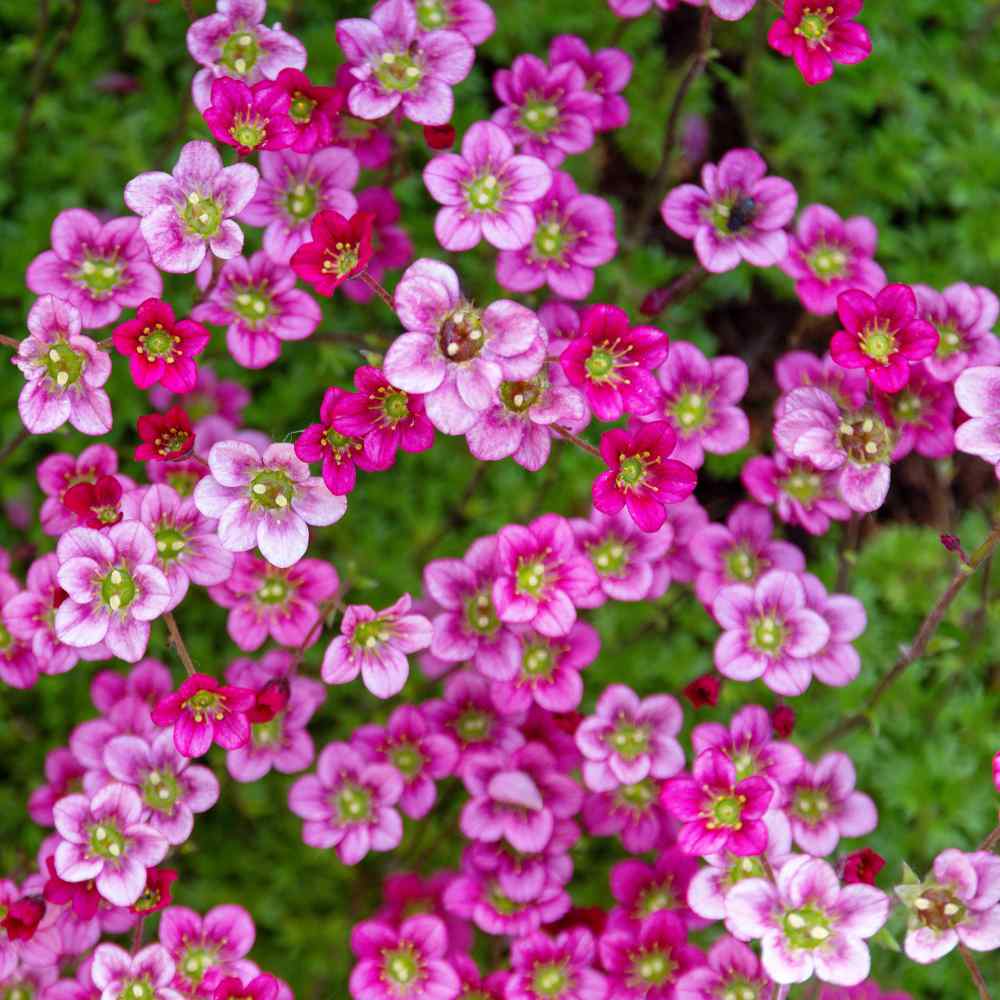
Prefers cool growing conditions and does not tolerate drought or hot humid weather. In warmer zones, make sure it gets afternoon shade. Saxifraga care includes trimming back the stems once their flowers fade to neaten the ground cover plants, but no other trimming is needed during the year. Rose Saxifraga will self-seed but not to the point of crowding.
Grows about 6 inches tall, a perennial hardy for zones 4-9.
Very tiny seeds! About the size of petunia seeds.
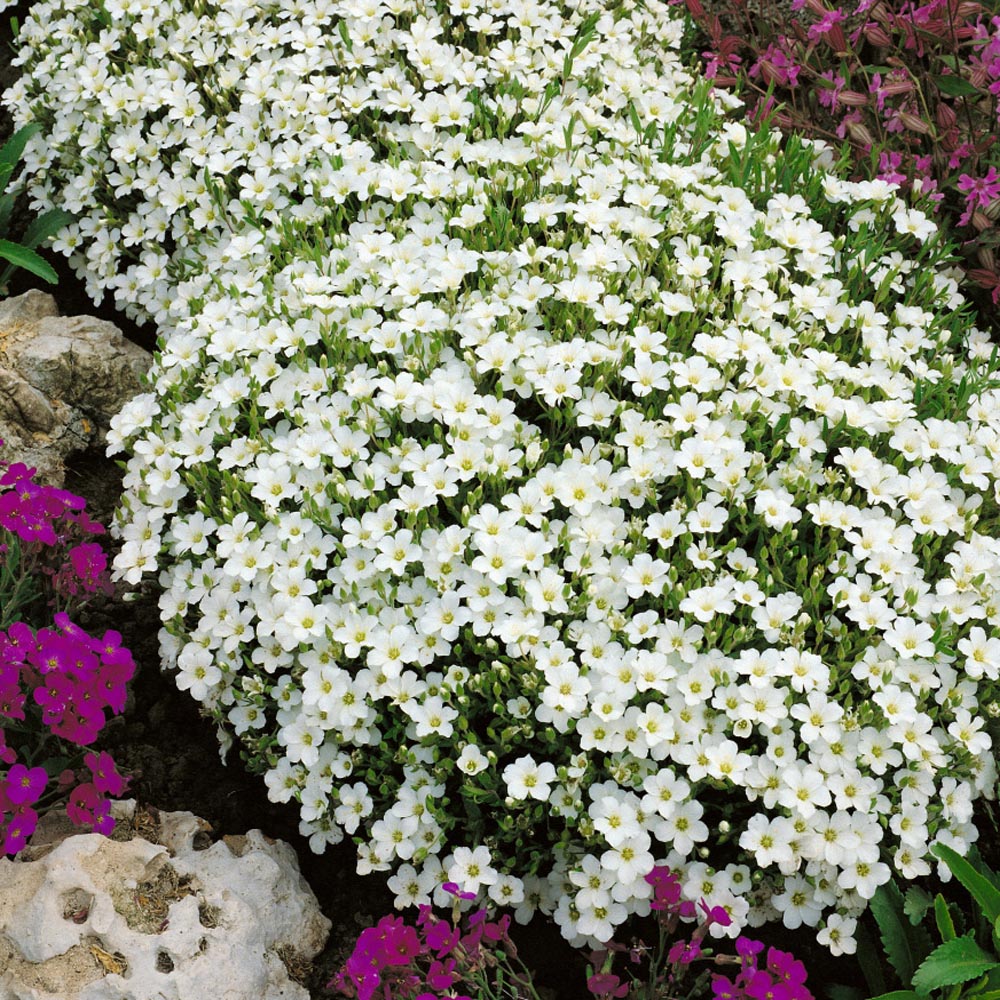
Great for edging paths, between flagstones, in walls, a ground cover, or trough gardens. Plants prefer well-drained soil and full sun to partial shade. Divide these ground cover plants in spring or early fall.
Sow seeds indoors 4-6 weeks before last frost. Transplant seedlings when danger of frost as passed. Arenaria ground cover plants are fairly drought tolerant once established. Sometimes they are used as a lawn substitute. Zones 3-8, grows about 4 inches tall.
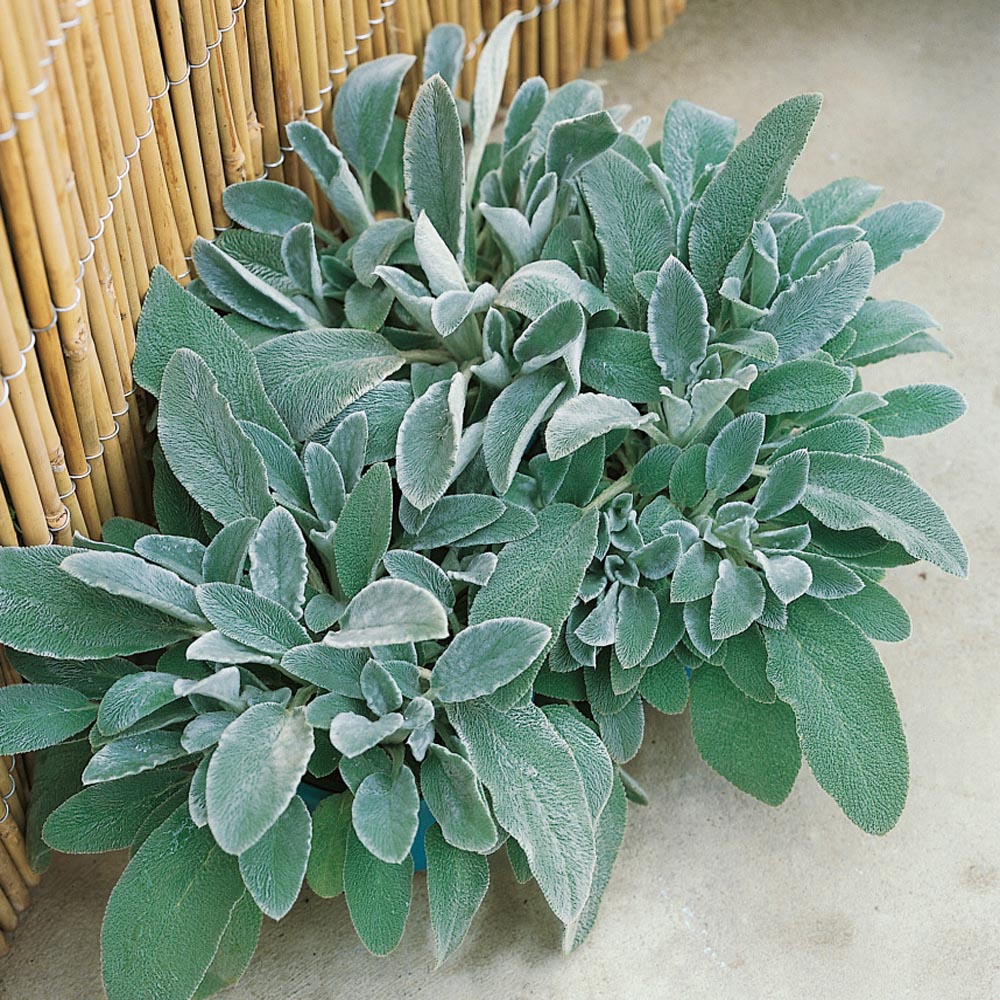
Lamb's Ear attracts bees, butterflies, and hummingbirds with its purple flower spikes in late spring and early summer.
Lamb's Ear is very adaptive. It is drought tolerant enough for a rock garden setting, and it is also a good choice for growing in hot, humid summers where some plants can lose their form. Lamb's Ear ground cover makes a perfect companion plant for a rose garden.
Grow this hardy perennial flower in full sun to partial shade and in well-drained soil. It is a reliable performer that needs little care. Lamb's Ear uses include edging the border of the garden or as a general ground cover. It is a ready self-seeder, and also spreads by roots making it ideal for ground cover. A perennial for zones 4-8, grows about 16 inches tall.
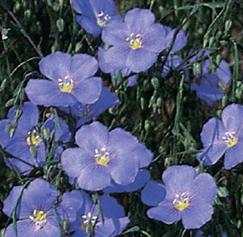
Blue Flax was discovered by Meriwether Lewis on the Lewis and Clark Expedition in the late 1700's, thus the name. For zones 3-10.
Seedman Basic Info:
Grows about 12 to 24 inches tall, will germinate in about 15-60 days depending on soil and weather conditions, germinates best if soil temperature is in the 65-70°F range.
Cover seeds about 1/16" deep, blooms from May to September.
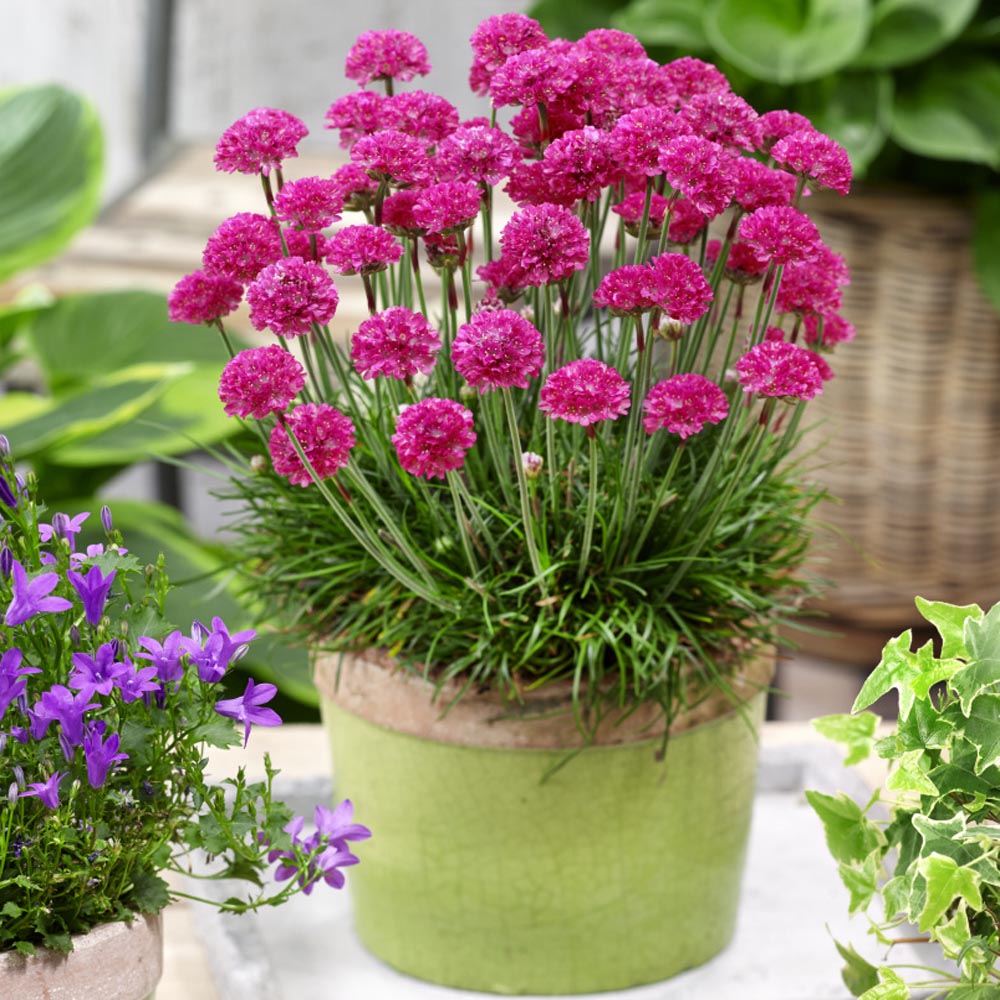
An excellent cutflower. Attracts bees and butterflies. As an ornamental plant, Sea Thrift has already been used in our gardens for a long time. Because of the habitat requirements, it is well-suitable for rockeries, nature-near gardens, heather gardens or beach gardens. If it feels good, it sows itself and appears in many locations.
Armeria Maritima is tolerant of dry, poor and even salty soils. Armeria Sea Pink grows readily from flower seed, and does well in full sun and well-drained soil. It is very drought tolerant and an excellent choice for rock gardens.
Height: 8-10 inches. USDA Zones: 3 - 9
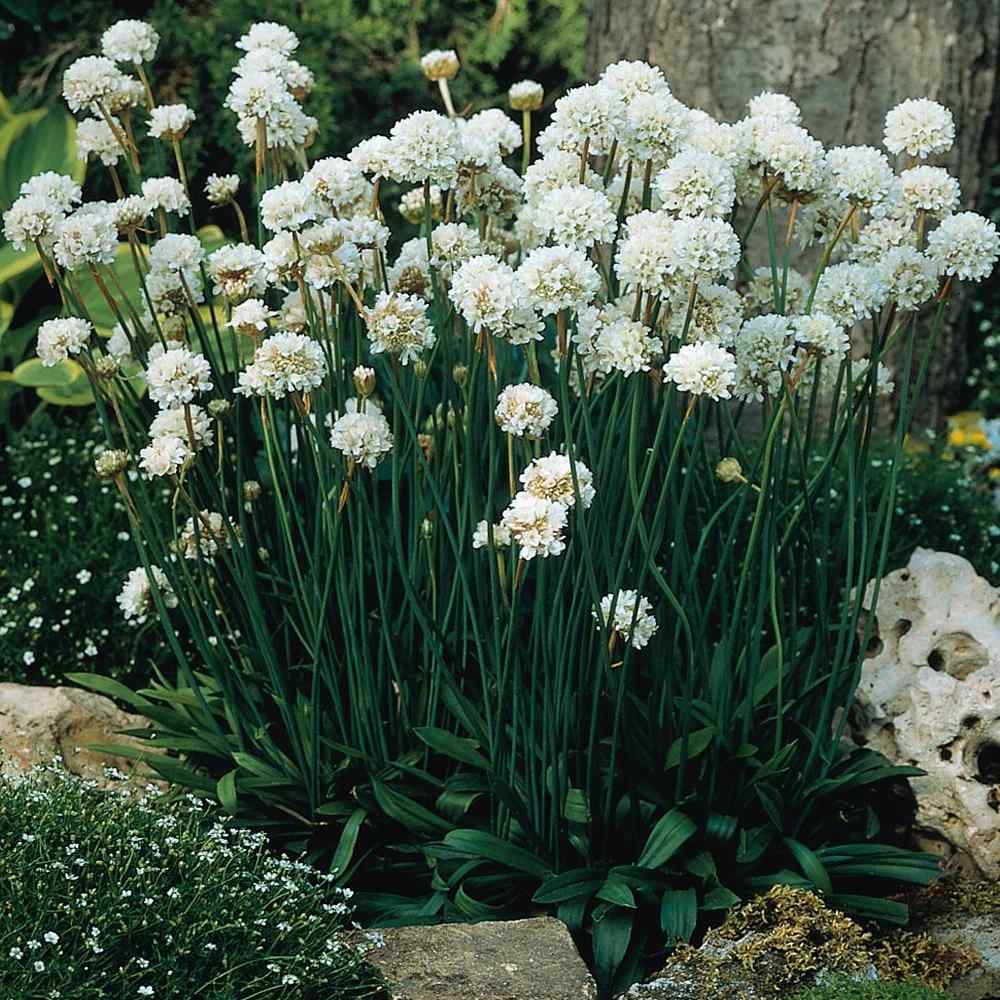
A good cutflower. Attracts bees and butterflies. A versatile little flower that can be planted in containers, the rock garden or the front of the border. Height: 6 inches. USDA Zones: 3 - 7
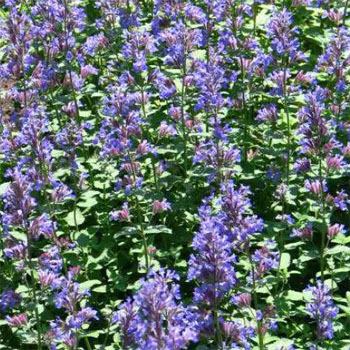
Growing Lemon Catnip is a wonderful way to bring a lemony scent to your landscape or garden, and it's a reliable plant giving years of pleasure. Start these flower seeds indoors in late winter for transplanting out after frosts have passed.
A perennial best suited for zones 4-9.
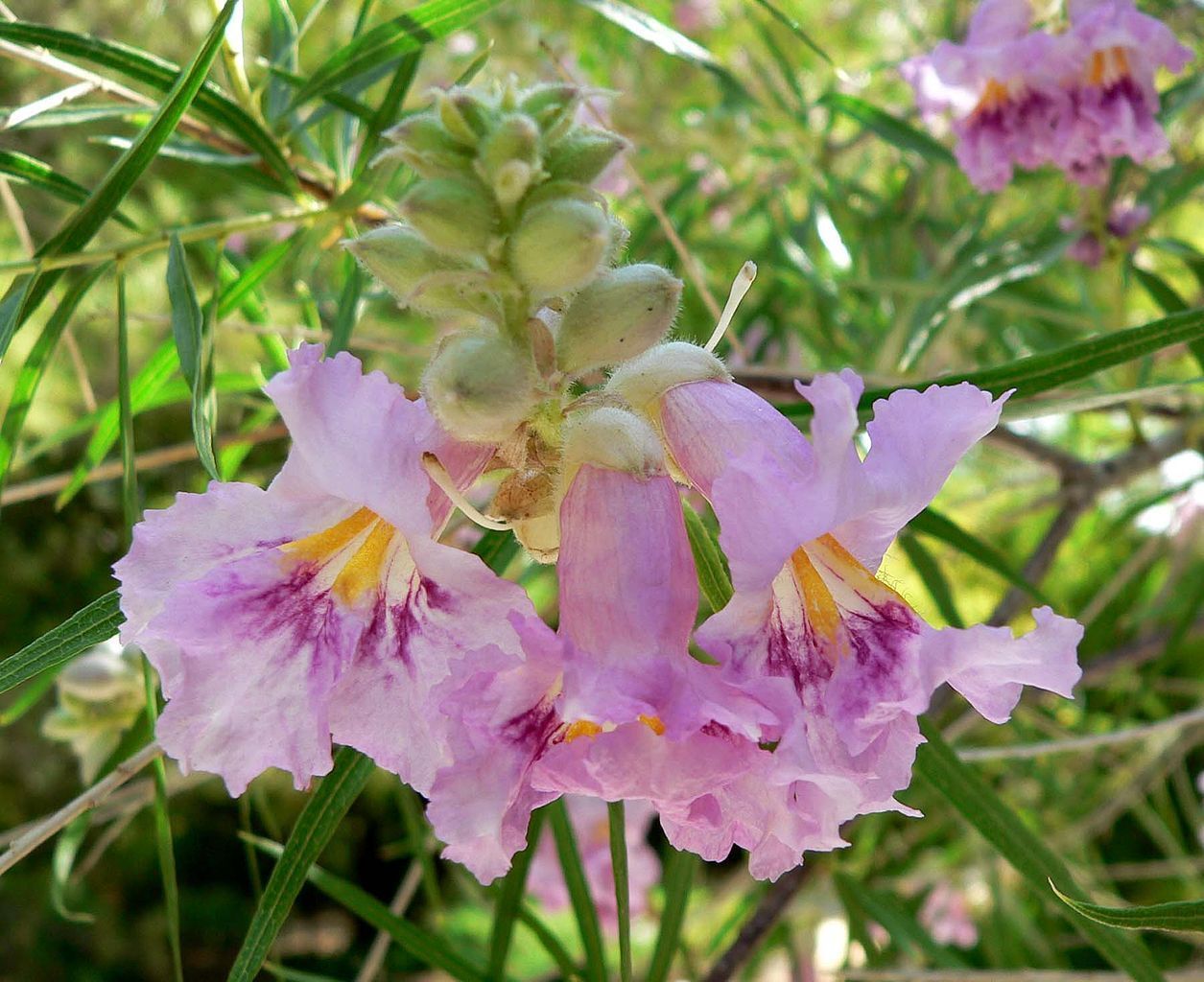
The Penstemon like flowers are fragrant, pink to lavender. They appear in May and keep coming until September or frost. Likes moderate water and sun. Does best inland and in desert.
This is a great plant for a bird garden, rock garden, xeriscape or lawn specimen. Best suited for zones 6-10.

10" tall x 18" wide plants are care free plant for most gardens with soft pink blooms. A heat loving plant that thrives in sunny, dry areas along baking south and west facing walls and pavement areas. Spreading rapidly on shallow roots when the hot summer weather arrives, give this beauty plenty of room to grow as it will overrun smaller, less vigorous plants. Preferring unimproved, well-drained soils, this plant requires little extra water once established. Not generally recommended for gardeners living in cold, short season climates.
Perhaps best grown in areas where plants can spread without intruding on other plantings. Meadows. Wildflower gardens. Roadsides. Informal naturalized areas. Site carefully if planting in beds, borders or rock gardens.
A perennial best suited for zones 5-8.
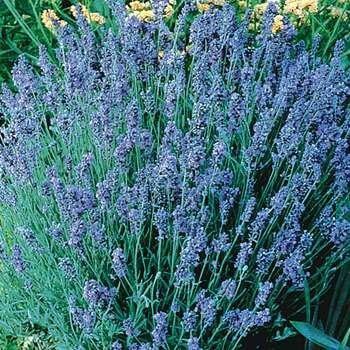
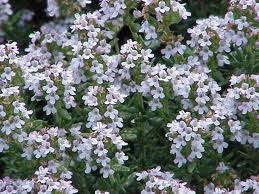
It even makes a pretty patch of small ground cover. Growing thyme provides an anchor in an herb garden in areas where it is evergreen in winter. Thyme is also perfect for containers, either alone or in combination with plants that won't shade it out.
It is not only attractive in the perennial border or herb garden, but it also attracts birds, bees and butterflies to the garden as well. It is also commonly referred to as Garden Thyme or English Thyme.
This variety is often planted near vegetables to help control flea beetles and several cabbage pests.
A perennial for zones 4-9.

